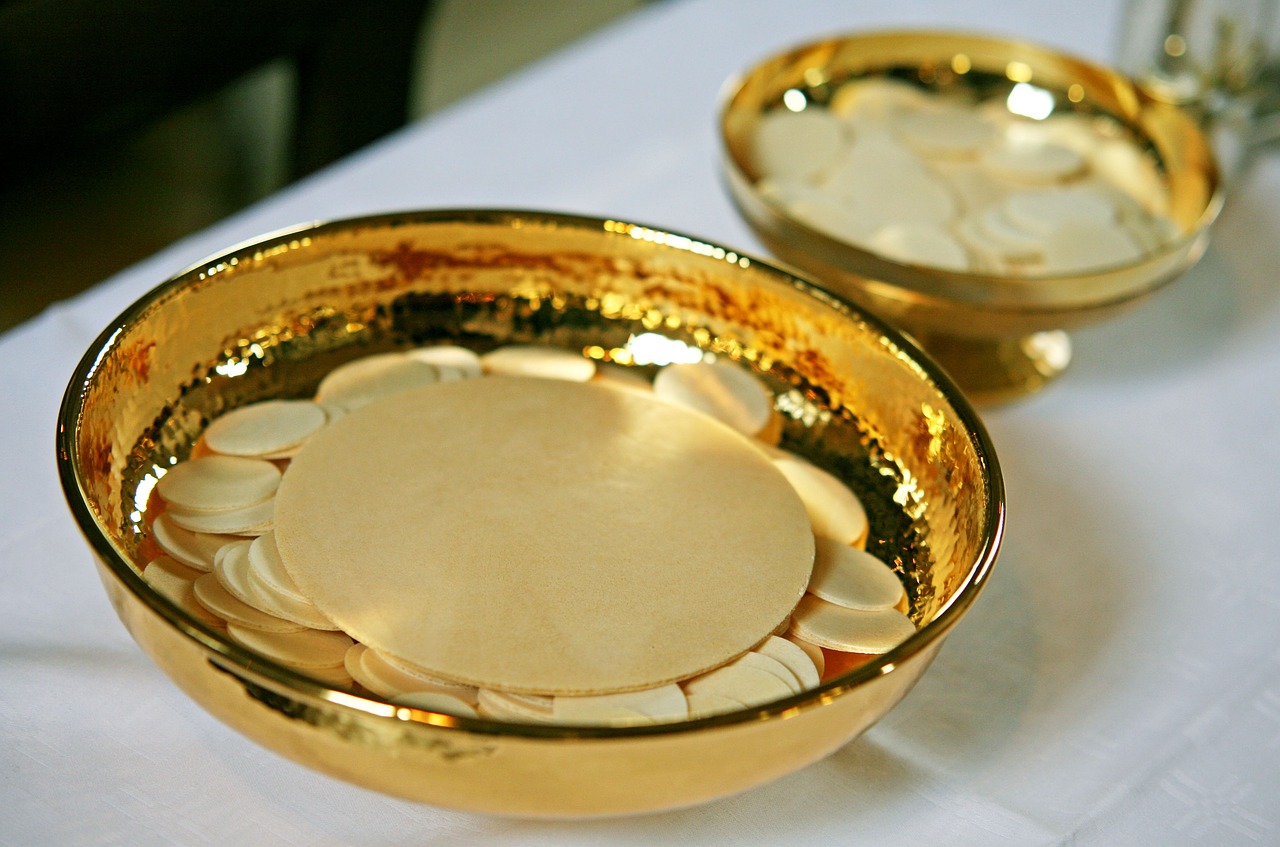The document originated because, in the years immediately following Vatican II, the practice of receiving Communion in the hand became widespread in many countries. This was obviously a liturgical abuse, which put its roots down in those countries where there were already doctrinal problems regarding the Holy Eucharist: Belgium, Holland, France, and Germany. The Holy See, not succeeding in stopping this abuse, decided to consult all the bishops on this question. This decision of Paul VI already allows us to understand the importance of the argument. I say this, because some would maintain that this whole question is only of marginal importance and unimportant.
and
The majority of bishops expressed their opposition to the introduction of this practice. M.D. acknowledged the outcome of the consultation and confirmed that the universal norm for receiving Communion is precisely that of receiving it directly on the tongue, giving profound reasons for it. At the same time, it consented that the bishops’ conferences of those places in which the abuse was already occurring would be able to request an indult for Communion in the hand, if the bishops were able to achieve a vote of a two-thirds majority in favor of requesting it.
So to sum it up . It was a liturgical abuse to receive by the hand, but since most everyone in Europe was doing it, and the practice failed to stop and failed to be stopped, it was thusly voted as being acceptable.
This right here, proves that the Church does indeed make up arbitrary rules based on in this case nothing, and then when society as a whole decides to ignore the Church, what does the Church do, change the rules.
It isn’t something i made up, the article is right there. If one really wants to decide the proper way to receive communion, how about looking at the Last Supper in the Gospel, and see how the disciples ate. Technically this was their first communion, were they passing food around, did Jesus say okay, line up, kneel down, open your mouth and I will place this concecrated host on your tongue.
It is really odd, that what was acceptable to do by the disciples while with Jesus, was perfectly acceptable, and today, isn’t.
The entire debate is either around being holy while receiving or not wanting to leave crumbs on the floor of the church. When one has to start signing a wavier before mass that they have went to confession before receiving communion, or is given a card by a priest at confession to present before communion to show that they went and then swear that they haven’t committed a mortal sin in front of the congregation on top of it, then i will start to care about the importance of receiving by mouth vs hand.
Don’t get mad at me for pointing this out, get mad at the person who wrote the article and gave me validity for my opinion.

